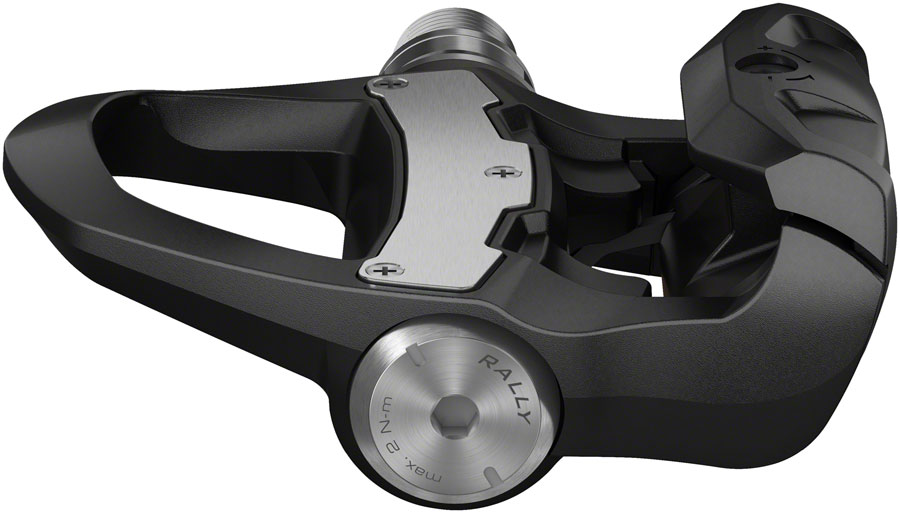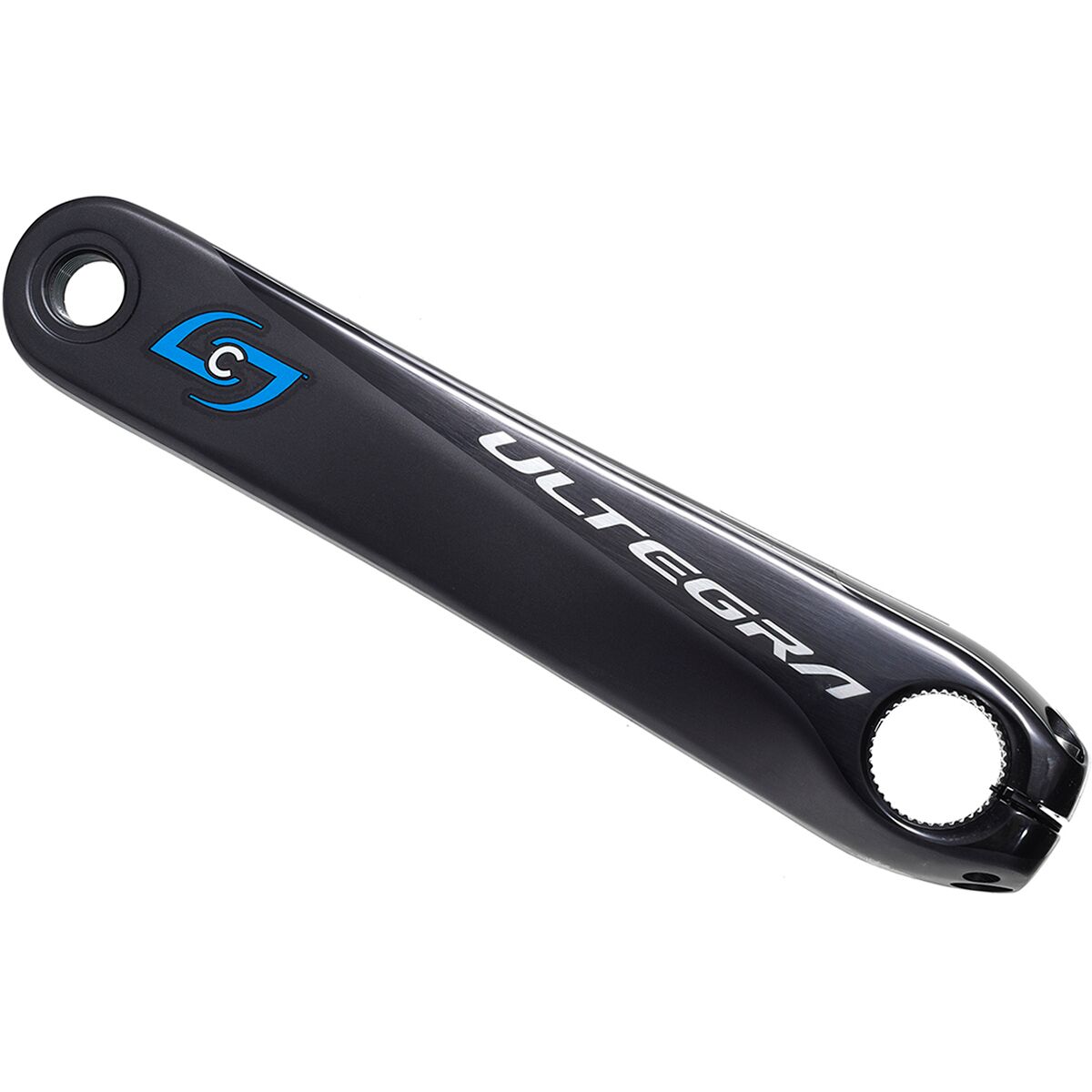Pedal vs Crank Based Cycling Power Meters
Posted by Matt Russ on 17th Feb 2022
Power meters used to come with big compromises. The most popular design was located in the hub of the wheel which meant sacrificing performance (added weight) for the data as well as limiting your wheel choices. As power meters have become smaller, lighter, and less expensive the two most popular places to put the technology has become the pedal(s), or somewhere in the crank; either the spider or crank arm. Both locations have their weaknesses and strengths but there are some key considerations before you make the purchase of a power meter.
Let's start with a crank based power meter. Moving weight is always a consideration as it is inertial weight- weight the requires power to move, and both crank and pedal based systems add weight. But this weight has become all but negligeable with a crank arm based power meter adding as little as 20 grams. For this reason I don't think weight is a valid consideration anymore. The main drawback of a crank based power meter is that you are married to it. Crank arm based power meters require changing out your non-drive side crank arm- if you can find a compatible model. But If you want to upgrade to a lighter crankset, experiment with a different crank length, or sell your bike, for the most part you are stuck with buying another crankset, or power meter, to move forward. You may also find that there is not a compatible model for your current crankset which means complete replacement. The mating of a new crankset to your bike may require a bottom bracket replacement. This means choosing the right crank length, rings, and bottom bracket, and installing the crankset which is daunting and often confusing for most cyclists. These are by no means insurmountable obstacles but you may find costs adding up quickly; especially if you factor in installation by a bike shop. That being said the purchase of a single crank arm based power meter, or installing a power meter on your existing crank arm tends to be the most cost effective option.
 Pedals on the other hand are a much more simple and straight forward purchase. For the road there are three main pedal systems that dominate the market- Look, Shimano, and Wahoo/Speedplay. Pedal based systems have focused on the two former, Look and Shimano, but Wahoo/Speedplay is rumored to have their own pedal based power meter on the market soon. The first advantage of power meter pedals is that they are easy to install with no special tools. They can also be easily transferred from bike to bike and can be carried forward to your next bicycle purchase. They are portable and can easily fit in a carry on bag. A power meter does add weight to your pedal, and this is again centripetal weight, but the size and weight of power meter pedals has come way down. Most cyclists tend to stick with a pedal system and are less likely to change or upgrade compared to crank based systems. Pedals systems are generally more expensive but it is important to note that you are usually getting a high quality pedal with an integrated power meter. If your pedals are already due for an upgrade or replacement you can price this in, whereas replacing a crank arm adds no additional value beyond the power meter itself.
Pedals on the other hand are a much more simple and straight forward purchase. For the road there are three main pedal systems that dominate the market- Look, Shimano, and Wahoo/Speedplay. Pedal based systems have focused on the two former, Look and Shimano, but Wahoo/Speedplay is rumored to have their own pedal based power meter on the market soon. The first advantage of power meter pedals is that they are easy to install with no special tools. They can also be easily transferred from bike to bike and can be carried forward to your next bicycle purchase. They are portable and can easily fit in a carry on bag. A power meter does add weight to your pedal, and this is again centripetal weight, but the size and weight of power meter pedals has come way down. Most cyclists tend to stick with a pedal system and are less likely to change or upgrade compared to crank based systems. Pedals systems are generally more expensive but it is important to note that you are usually getting a high quality pedal with an integrated power meter. If your pedals are already due for an upgrade or replacement you can price this in, whereas replacing a crank arm adds no additional value beyond the power meter itself.
Power meters are predominant to the road market but there are both pedal and crank based systems for off road. Due to the stochastic nature of mountain biking the power data tends to have less relevance when compared to sustained road efforts. In essence you have more usable data points on the road. But that does not eliminate power data for a competitive mountain biker by any means. Cycling data in general is only relevant if it is useful and applicable to training and racing. Keep that in mind before being talked into buying a power meter. Finally both pedal and crank based systems allow for single and dual sided power measurement, or the ability to upgrade to dual power measurement. I have covered that topic in my article "Do I Need A Left Right Power Meter."


